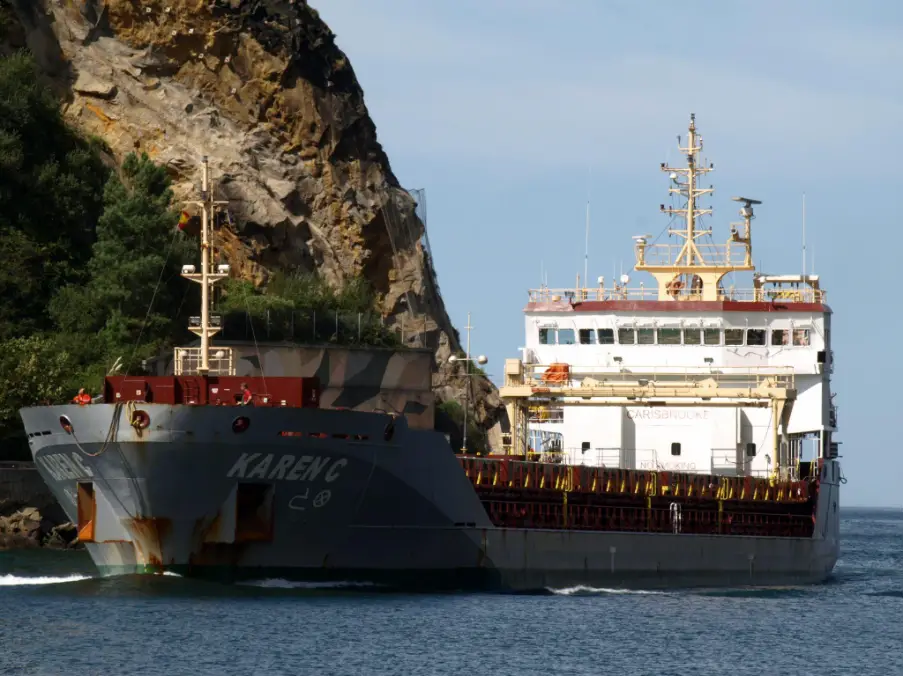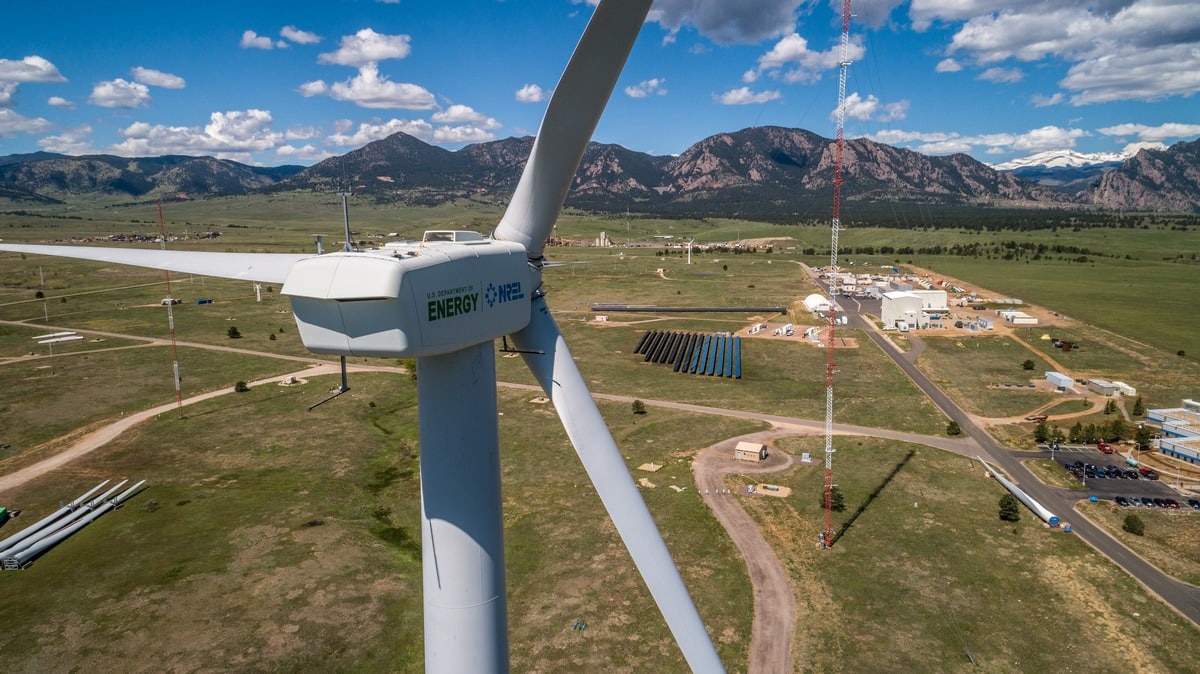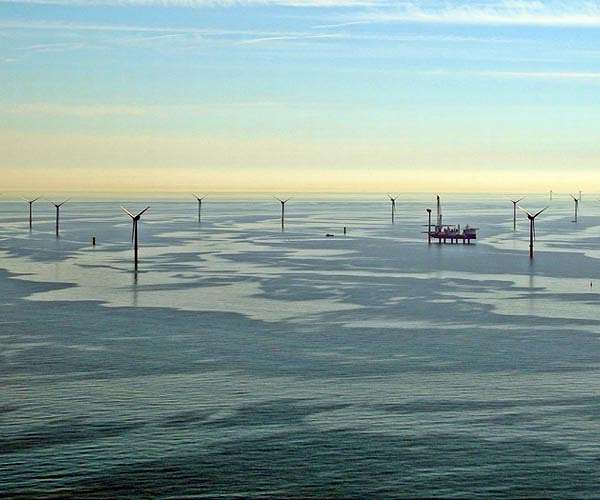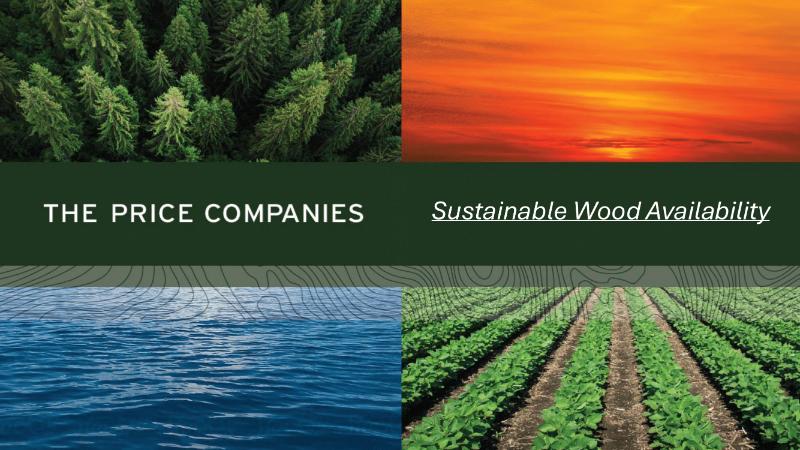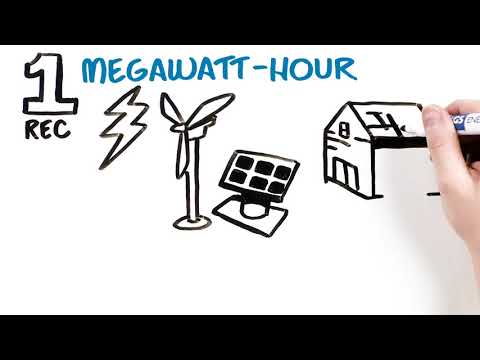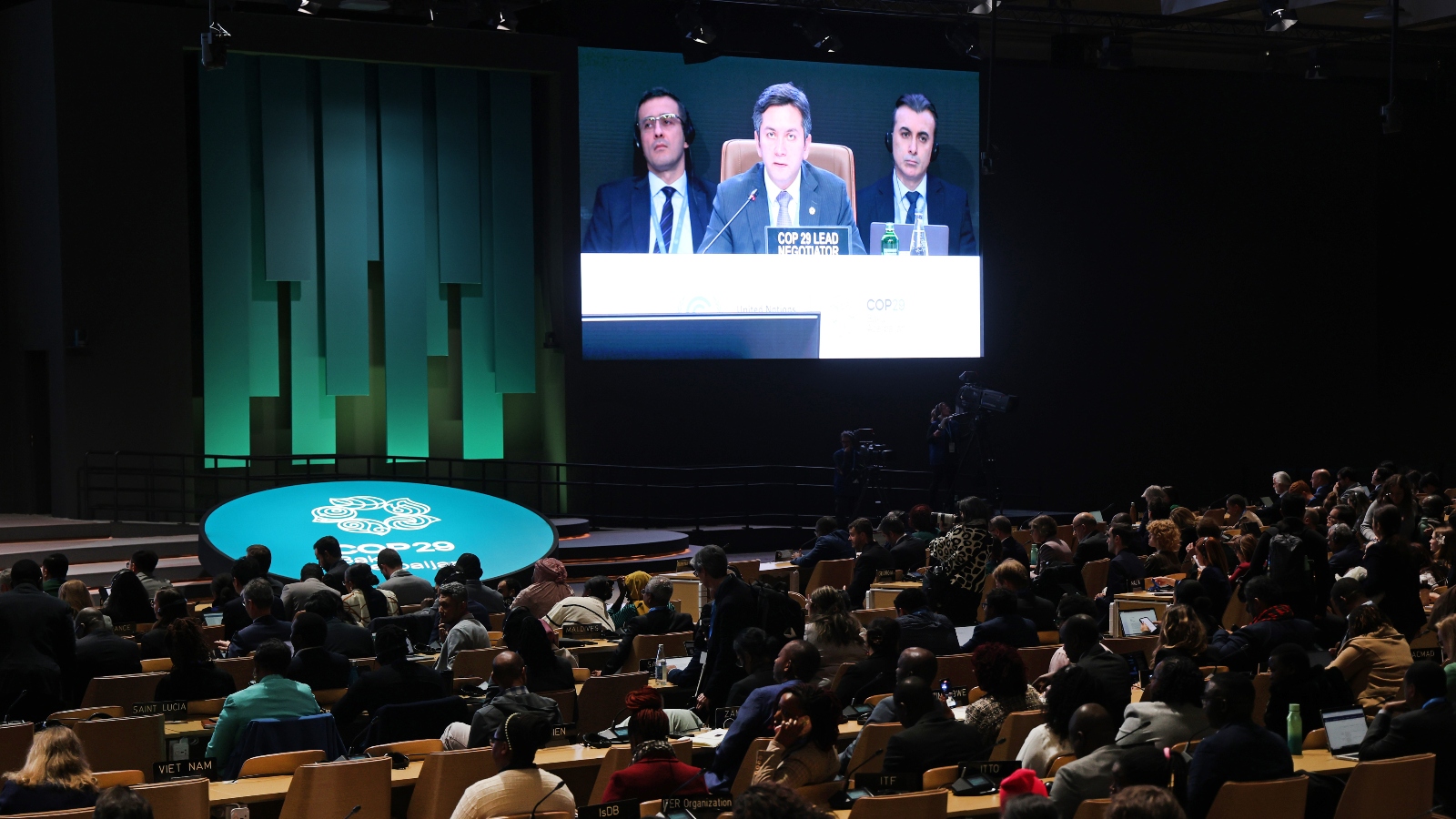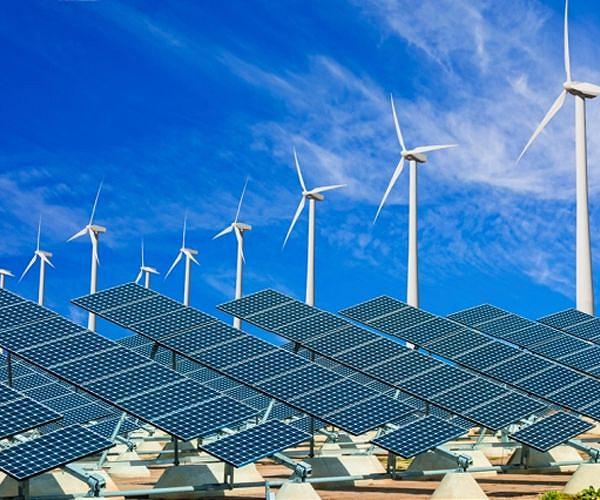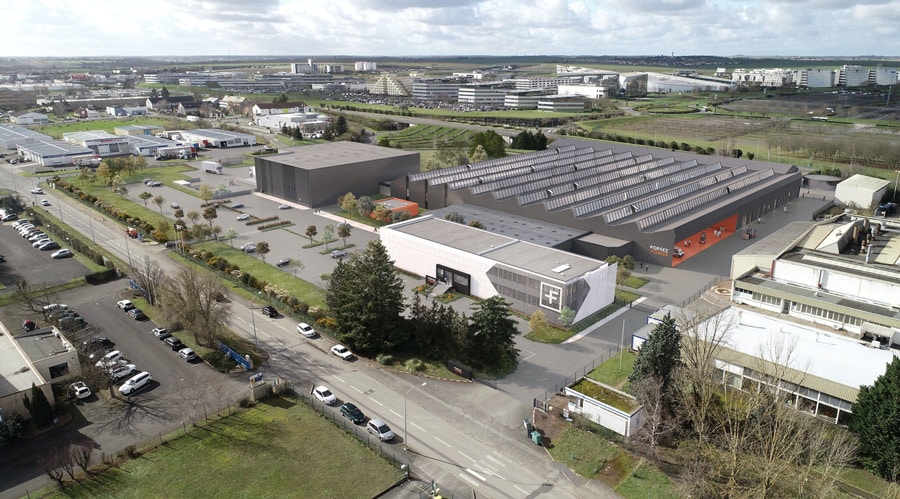
PR-wise, it’s still quiet at Ballard, even though there’s definitely many projects and pilots being worked on there. News I would expect on March 17, 2023, when the figures for fiscal 2022 are published, as the executive board then always also presents a forecast and an outlook. The ramp-up of fuel cells, for example in trucks and buses and on rail, is just at the beginning, where there are already indications. Ballard is right at the forefront.
For example, in the European bus sector: The information source Sustainable Bus recently reported that 4,152 battery-electric buses were newly put into service in Europe in 2022, as well as 370 FC buses. Of these 370 H2 buses, 292 are likely running with technology from Ballard Power, as the company supplies major OEMs with the modules (106 for Van Hool, 104 for Solaris and 82 for Wrightbus). This is a very good indicator for the future.
Ballard competitor Toyota recently won a contract with German customer DB Regio to supply the fuel cells for its 60 buses from the Portuguese bus manufacturer Caetano. It shows that individual orders are now becoming increasingly larger, as customers like bus fleet operators are counting on scaling effects and are out of the pilot project stage. This market is just now beginning to develop, when the H2 infrastructure is being more intensely addressed in Europe, the USA and Asia. Ballard is very well positioned here and can deliver.
CrossWind chooses Ballard FCs for 1-MW FC system
This project, in my opinion, will become the blueprint for many similar ones: CrossWind is a cooperation between Shell and Eneco. Purpose is a wind farm project on the North Sea called Hollandse Kust Noord Offshore Wind Farm (total capacity: 759 MW, annual capacity: 3.3 TWh per year). After it goes into operation, it should provide 1 million households with green energy.
CrossWind relies on many complementary technologies that make green energy work as efficiently as possible. Surplus electricity is stored in batteries or hydrogen – depending on availability and capacity. Using the fuel cells from Ballard, this hydrogen will then be efficiently converted into electricity for a secure supply. This project has flagship character and should certainly result in further orders in the coming years. Unfortunately, nothing has been said regarding the value of the order.
Short seller attack has no impact on Ballard
Just a few weeks ago, it sounded as if the Indian billionaire Gautam Adani could be interested in a stake in Ballard and put its FC stacks to use in various ways in India (there is an MoU as basis). He has planned, like billionaire colleague Ambani (Reliance Group), to invest 50 billion USD over a period of five to ten years in hydrogen. This is now no longer likely, as Adani and his corporate conglomerate was recently the subject of a devastating article from short seller newsletter Hindenburg Research (see below). Over 100 billion USD loss in value was the consequence. For Ballard, though, this has minor impact, as Adani has a continued interest in putting FCs to use (in commercial vehicles, locomotives, ships, and so on).
Specifically, Adani has chosen as a first project to make a mining truck H2-ready, where the Group itself is the customer for this retrofitting, but Ashok Leyland, a subsidiary of the Hinduja Group, has presented its vehicles as candidates. This is actually the much better news, since Ashok Leyland would be quite an ideal partner for Ballard in India. A joint stack production comparable with the joint venture of Ballard and Weichai Power in China would also be ideal for India. Because Ashok Leyland is #4 in the world for buses and #19 in trucks and #2 in commercial vehicles in India. Viewed this way, the negative news to Adani has almost no bearing on Ballard. However, Adani is of course still interesting as a major customer for Ballard. This shows once again: Everything has two sides.
The case of Adani – The power of short sellers
Hindenburg Research is already known to you: The US investment research firm based in New York City primarily targets publicly traded companies in the hydrogen industry. Hindenburg bets via short selling on falling share prices of the companies concerned and fuels the downward trend with its own negative securities analyses. Desired price drops are the foreseeable consequence. This is a form of price manipulation, as Hindenburg itself participates by carrying out short sales in advance of publishing and establishes short positions in shares as well as bonds of the target company, combined with put options – and all this before the publishing of its own newsletter.
I would label this as front running, as it almost seems like an insider deal. Insiders have special knowledge, but they’re not allowed to make use of it. For me, a clear conflict of interest. Nevertheless, it seems that Hindenburg (the name is supposed to recall the airship), with some research, has every right, even if this is exploited for its own interest and some interpretations are questionable. In this way, companies like Nikola Motors (who showed off a truck that was rolled downhill without a motor) have already been targeted, whereupon its founder had to leave the company.
In the case of Adani, Hindenburg references his “non-transparent” company network, shareholdings and financing (the amount of debt) as well as conceivable advantage through proximity to the Indian prime minister Narendra Modi. The two come from the same province and belong to the same caste. In addition, the awarding of contracts for the construction of airfields or ports may have been made without public tenders, was a conjecture from Hindenburg.
Exactly how Hindenburg here itself profited through the short sale of shares or bonds of the various publicly listed Adani companies has unfortunately been concealed. Clear is that the damage to Adani is not only materially tremendous; it also had a psychological impact on the whole of India and its political structures. At the end of the day, all this naturally leaves marks, even if it can be assumed that Adani, with the right communication strategy, will present information that helps them, as the conglomerate as a whole is vital for the basic functioning of India.
Exactly companies like Adani can and will bring India to the forefront in terms of renewable energies and hydrogen. There may be a contradiction in promoting coal on the one hand and counting on green energies on the other, but a transformation is happening through it as well: The profits from the one area will be reinvested in the other. Fortescue Future Industries of Australian billionaire Forrest also earns its money from ores and raw materials but reinvests the profits in renewable energies. Most oil companies are behaving similarly or plan to do so, and want to increasingly redirect high profits from oil production into renewable energies and hydrogen.
Lucky hand with Forsee Power
Ballard’s participation in French special battery manufacturer Forsee Power, started in 2021, is already paying off. A remarkable 58 percent sales growth was reported by Forsee for fiscal year 2022 (111 million EUR). In just a few years, turnover could become over 500 million EUR. Ballard had invested up to 40 million USD via purchase of IPO stock in the company and holds 10 to 20 percent.
Ballard and Forsee are working very closely together. Forsee is the supplier of the batteries that come with every Ballard bus module delivered and serves the same customer base as Ballard. That’s real synergy. Both are investing in new production facilities in the USA to profit from the IRA (Inflation Reduction Act). Forsee is reporting that the current order volume is commensurate with sales in 2022. In 2023, the batteries for 1,000 buses (hydrogen and battery-electric) are to be delivered. Forsee is also beginning to supply batteries for trains (is Ballard under the patronage of Siemens Mobility here?) and soon also for trucks.
Side note: It’s been said again and again that it will take some time until significant turnovers or even profits can be seen at Ballard. That will all come. Ballard is establishing strategic production sites (in the USA, Canada, Europe and China). The exploitation of the facilities is only a question of time. I expect this starting 2024. In China, important support programs for the hydrogen economy are in the starting blocks. Will these turn out smaller than the US and EU programs? Not a chance. Ballard is building the basis for high growth.
This is comparable to the development of a mine: The first step is to identify the site (geological surveys, test drilling); then, to invest in the infrastructure and, only after this has been completed, to start mining the raw materials. That often takes a year, or two or three, to really get going. With Ballard, the development of the stacks or MEAs is the basis. The construction of production facilities follows and accordingly the scaling of production. Pilot projects are running in parallel. At the end of the day, production will be ramped up, and the company will serve the newly emerging markets and make money from it.
As for buses and trucks, CO2-free (battery- and/or hydrogen-powered) vehicles are just now starting to be produced worldwide. Ballard has the most comprehensive experience in this area, namely through FC buses that are already successfully in use around the world (Ballard inside). Keep this in mind, because the stock market anticipates the future, even if it takes longer until a breakthrough. Use weak phases in the positive sense in the price and buy again step by step to attain a good average price, offers itself as the right strategy.
Disclaimer
Each investor must always be aware of their own risk when investing in shares and should consider a sensible risk diversification. The FC companies and shares mentioned here are small and mid cap, i.e. they are not standard stocks and their volatility is also much higher. This report is not meant to be viewed as purchase recommendations, and the author holds no liability for your actions. All information is based on publicly available sources and, as far as assessment is concerned, represents exclusively the personal opinion of the author, who focuses on medium- and long-term valuation and not on short-term profit. The author may be in possession of the shares presented here.
Written by author Sven Jösting, March 5th, 2023


